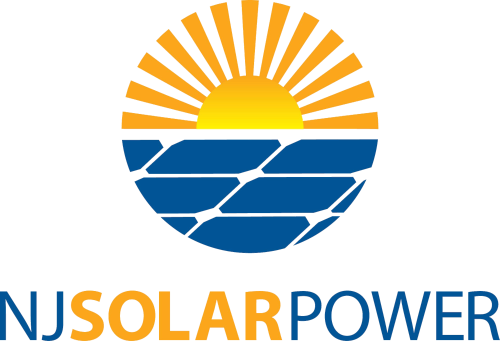There are 5 key components in a home’s solar system: solar panels, an inverter, an electrical panel, the electric meter, and the sun. Here we will walk you through how each component works together to create a complete solar system.
Step 1: Solar Energy is harnessed
Every solar system collects energy from the sun. A solar system does not create the energy, but instead converts energy from the sun into electricity your home can use. That means whenever the sun is shining, your panels can generate energy. Even on cloudy days, your panels can still generate electricity thanks to the sun’s rays breaking through the clouds.
Step 2: Solar Panels Absorb Light
Your solar panels are what absorb the sun’s energy and convert it into electricity. The panels are made of silicon, a semi-conductive element that generates DC (direct current) electricity when sunlight touches it. The amount of electricity a panel can generate depends on many factors, including but not limited to, the type of panel, placement of panel, time of day, and temperature. The best way to determine the amount of energy a panel can produce is by looking at the efficiency rating. Efficiency is defined as the amount of power produced by the panel per square meter (m2) of sunlight at Standard Testing Conditions (STC). Basically, the more efficient a solar panel is the greater potential for more energy production in a given footprint. The average efficiency of solar panels falls between the 17 to 19% efficiency range.
Step 3: Solar Cells Need an Inverter
The electricity that is generated from your solar panels is DC electricity. However, the grid, and appliances in your home, run on AC (Alternating Current) electricity. Simply put, the inverter takes the DC electricity collected from your panels, and converts it into AC electricity so you can power your home. There are two common types of inverters: string inverters and microinverters. A string inverter is mounted to the side of your home, and it collects all of the electricity generated by your system in one place. Microinverters are small components that are attached to the underside of each individual solar panel; which allows DC to be converted to AC right at the panel.
Step 4: Power your home
Every solar system is hooked up to your home’s electrical panel. The electrical panel can distribute energy to your home as needed, meaning the energy generated from your solar panels, can be used to power your home. The electrical panel is connected to every appliance on your electrical system, such as your refrigerator, dishwasher, air conditioning or even your electric vehicle!
Step 5: Send Power to the grid
If your panels are generating more electricity than your home uses, excess energy can be sent to the grid. On the other hand, if you are using power at times when your panels aren’t producing electricity, or using more energy than your panels produce, energy will be drawn from the grid. That’s where the electric meter comes in. The meter measures the flow of electricity in and out of your home, allowing homeowners who have invested in solar to offset their energy bill every month.
Step 6: Store energy for later use with an Energy Storage System
Rather than sending excess energy to the grid, an Energy Storage System (ESS) allows you to store excess electricity to be used at a later time. The energy stored by an ESS can be used at any time of day, but is particularly helpful when your panels are not generating power (such as at night). In addition, you can rely on an ESS for uninterrupted power, even when the grid is down. This is an optional feature which can be added to your solar system.
For information tailored to your home, let NJ Solar Power help you through the process.
